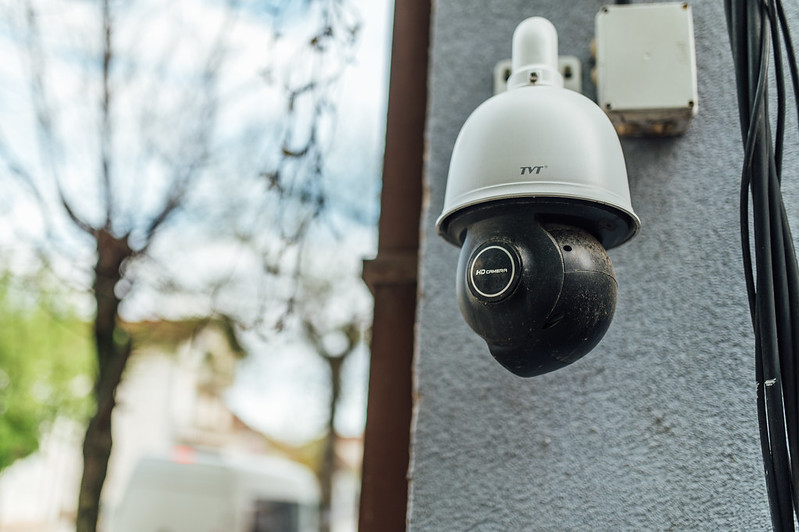Wireless Cameras: Practical Guide for Home and Small Business Use
Wireless cameras are increasingly common for monitoring homes and small businesses because they reduce the need for running cables and can be placed flexibly. This article explains how wireless camera systems work, what features to look for, and the practical trade-offs between convenience, image quality, power, and privacy. The goal is to help readers understand core concepts that affect performance and suitability for different surveillance and home security needs.
wireless camera
A wireless camera transmits video (and sometimes audio) over a wireless network instead of a direct wired connection. Most consumer models use Wi‑Fi, while some use cellular or proprietary mesh networks. Key considerations include video resolution, compression (H.264/H.265), frame rate, and network bandwidth. Wireless cameras can be battery-powered or require a local power source; battery models offer installation flexibility but require periodic recharging or battery swaps. When choosing a wireless camera, balance image quality and features against available network speed and expected recording duration.
security camera
A security camera is a camera intended primarily for monitoring and deterrence rather than artistic capture. For security camera use, features like motion detection, night vision (infrared or low‑light sensors), tamper detection, and reliable timestamping are important. Look for cameras that allow adjustable motion zones and sensitivity to reduce false alerts. Consider whether recordings are stored locally (microSD/NVR) or in the cloud; each approach has trade-offs for accessibility, retention, and cost. Ensure firmware updates and vendor support are available to keep the device secure over time.
home security
Integrating wireless cameras into a broader home security plan means thinking about alarms, sensors, access control, and network segmentation. Cameras can complement door/window sensors and smart locks by providing visual verification of events. For homeowners, evaluate how notifications are delivered (app push, email, SMS) and whether the system supports multiple user accounts with role-based access. Also consider interoperability with home automation platforms if you want cameras to trigger lights, locks, or recording when specific events occur.
surveillance
Surveillance use often implies continuous monitoring, multi‑camera setups, and organized storage and retrieval of video evidence. For surveillance applications, prioritize reliable continuous recording, robust storage management (scheduled overwrites, retention policies), and centralized viewing through an NVR or cloud management console. Ensure the chosen camera system supports synchronized timestamps across devices and has search tools (motion-based clip generation, timeline scrubbing). Evaluate legal and privacy implications of continuous surveillance in shared spaces and confirm compliance with local regulations about recording audio and video.
camera
When evaluating a camera, consider optics, sensor size, resolution, and low‑light performance. Higher resolution (e.g., 1080p or 4K) captures more detail but increases storage and bandwidth needs. A camera’s field of view and optical or digital zoom determine how much of a scene it can cover and how well it can identify faces or license plates at a distance. Other important camera features include two‑way audio, onboard storage options, weatherproof ratings for outdoor models, and physical security (mounting hardware, tamper‑resistant casings). Matching camera capabilities to the environment ensures the system meets surveillance and home security objectives.
camera placement and power
Placement and power are practical determinants of how effective a wireless camera will be. For outdoor installation, place cameras under eaves or behind protective housings to reduce weather exposure and false alerts from moving foliage. Maintain a clear line of sight and avoid backlighting that causes silhouettes. Power options include mains power, PoE (for hybrid setups), or battery. Battery cameras are easier to install but require monitoring battery levels and may have reduced recording frequency to conserve power. For Wi‑Fi cameras, ensure strong signal strength at the mounting location or use range extenders or wired backhaul where possible.
Conclusion
Wireless cameras offer flexibility for surveillance and home security but require informed choices about connectivity, power, storage, and privacy. Understanding trade‑offs—such as resolution versus bandwidth, battery life versus convenience, and cloud access versus local control—helps set realistic expectations. Regularly update device firmware, secure accounts with strong passwords and two‑factor authentication where available, and design camera placement and retention policies that respect legal and personal privacy considerations. With the right configuration, wireless cameras can be a useful part of a layered security approach.






